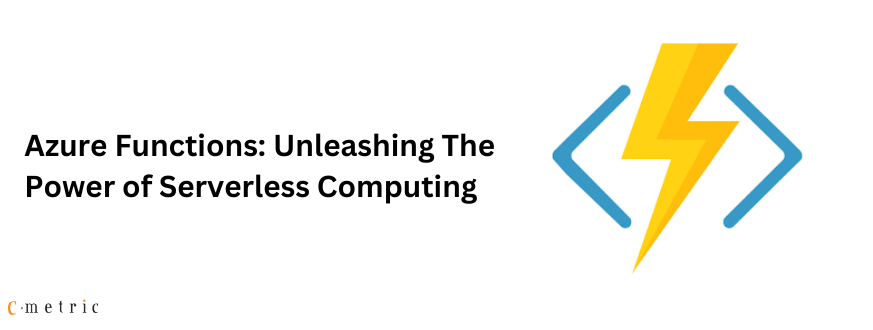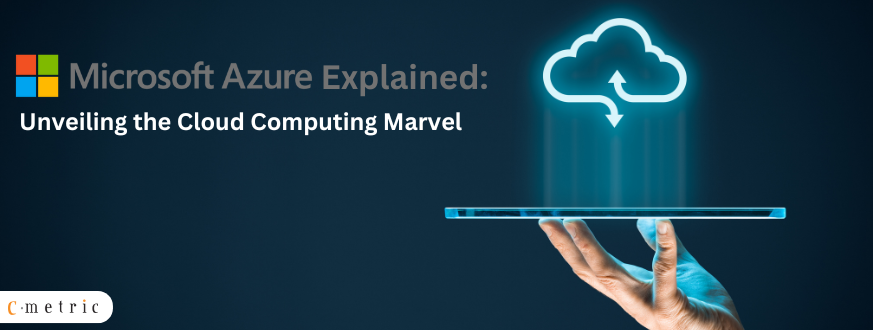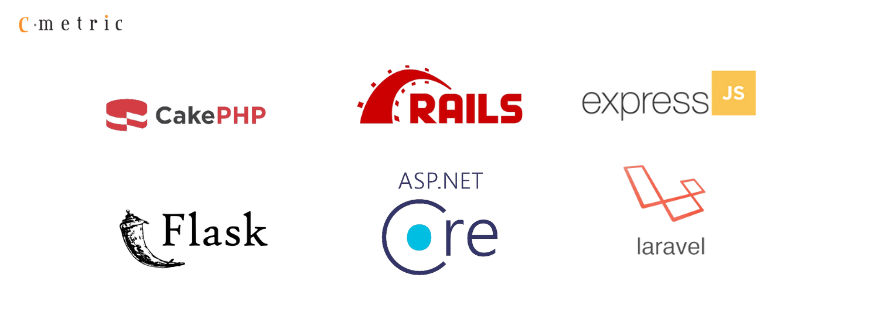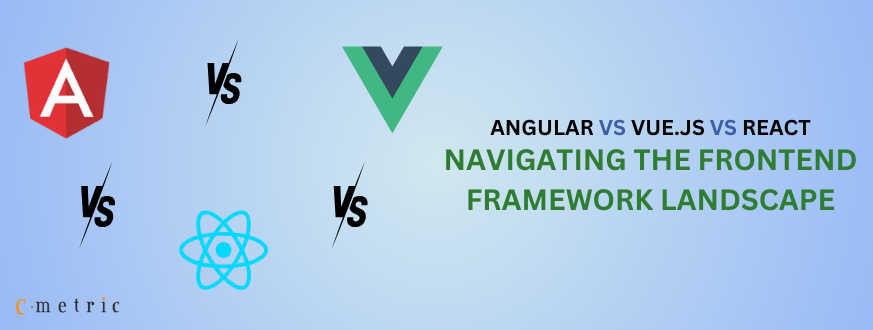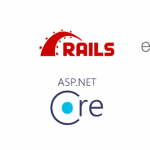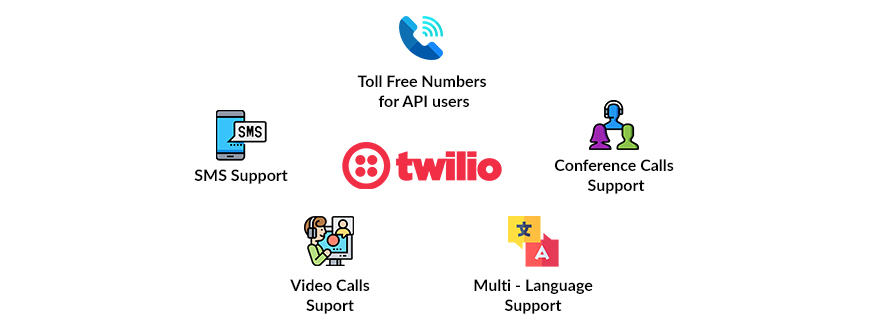Businesses can save significant amounts of money by moving data and apps from conventional on-premises data centers to cloud infrastructure. This can help them stay competitive and stimulate innovation. As more and more businesses are moving to the cloud environment, the spending on cloud services in the following year has increased. However, with the right cloud cost optimization strategy in place, businesses can make informed decisions by reducing unnecessary cloud spending by managing their resources more efficiently.
In this informative piece of content, we have identified top 10 strategies and best practices to achieve optimal cloud cost management without compromising the performance.
What is Cloud Cost Optimization?
Cloud cost optimization is a strategic process that involves efficiently allocating cloud resources to meet the specific needs of workloads or applications while maintaining a balance between performance, cost, compliance, and security. This practice ensures that organizations derive optimal value from their cloud investments. To optimize cloud costs effectively, it is crucial to identify performance thresholds for individual workloads based on both domain knowledge and real-time operational metrics. The goal is to minimize costs without compromising performance requirements.
This dynamic optimization process responds to changing application needs and fluctuating cloud pricing and service options. Given the intricate nature of cloud environments, effective cost optimization necessitates the use of detailed metrics, analytics, and automated tools to analyze, monitor, and adjust resource allocations, ultimately contributing to enhanced efficiency and financial prudence in cloud deployments.
Why is Cloud Cost Optimization Important?
Cloud optimization is a means of identifying and utilizing the most cost-effective cloud services possible. Most businesses set up their cloud infrastructure incorrectly, which results in data loss. Cloud cost optimization strategies are critical to truncate unnecessary costs. Let’s understand in detail why cloud cost optimization is important:
Cost Efficiency:
Cloud cost optimization is vital for ensuring cost efficiency in cloud operations. By identifying and utilizing the most cost-effective cloud services, businesses can streamline their expenses and avoid unnecessary costs. This efficiency is crucial for maximizing the value of cloud investments and maintaining a lean operational budget.
Preventing Data Loss:
Incorrectly setting up cloud infrastructure can lead to data loss, a significant risk for businesses. Cloud cost optimization strategies help mitigate this risk by ensuring that resources are configured correctly and redundancies are in place. This not only safeguards critical data but also contributes to the overall reliability and resilience of the cloud environment.
Aligning with Business Goals:
Cloud cost optimization aligns cloud resources with business goals. By ensuring that the allocated resources match the actual requirements of workloads and applications, organizations can achieve a balance between performance, cost, and overall efficiency. This alignment is crucial for supporting business objectives and maintaining a competitive edge in the market.
Enhance Transparency and Accountability:
Better visibility into where and how your cloud budget is being used is possible with the cloud cost optimization process, which also offers cost reporting. By bringing your technology and business goals into alignment, this greater level of understanding helps increase accountability.
Continuous Improvement:
Cloud cost optimization is an ongoing process that adapts to changing application needs, cloud service offerings, and pricing structures. Embracing this strategy fosters a culture of continuous improvement, where businesses can proactively respond to evolving requirements, technology advancements, and market dynamics. This adaptability is essential for long-term success in the dynamic landscape of cloud computing.
Cloud Business Intelligence: Empower Your Business with Data Driven Decisions
10 Best Practices for Cloud Cost Management and Optimization
Here are ten best practices for cloud cost optimization that will enable you to successfully lower your cloud expenses.
1. Recognizing Mismanaged Resources
The resources you pay for but are not using are called mismanaged resources. Unused resources, such detached storage volumes, inactive load balancers, and instances, may exist in any kind of environment. It is, however, simple to overlook to switch off these resources while not in use. It happens that you could neglect to delete a temporary server’s storage even after ending it. This implies that not only are you squandering resources, but you are also incurring costs.
To reduce cloud expenditures, start by looking through your Amazon Web Services (AWS) and Azure invoices. It’s time to get rid of inactive and disconnected resources if you discover charges for ones you previously bought but never used in order to reduce your operational costs.
2. Rightsize the Resources
The process of right-sizing involves comparing your computer resources to your actual requirements in order to avoid overspending on capacity that isn’t being used. Reducing the size of resources that are overprovisioned and raising the size of resources that are close to (or at) capacity are both aspects of right-sizing.
3. Leverage Autoscaling to Lower Costs
With autoscaling, you can ensure consistent performance at the lowest possible cost by monitoring your applications and adjusting the capacity of your server. By removing the need to react instantly to traffic increases, it also saves time and labor. Instead, it modifies the number of active servers to automatically activate the necessary instances and resources.
4. Spot Instances Usage
Explore the use of Spot Instances for non-critical and fault-tolerant workloads, taking advantage of significantly reduced costs compared to on-demand instances.
5. Selecting the Appropriate Storage Options
When it comes to cloud storage, a one-size-fits-all approach is not applicable. Varied data types and diverse business requirements demand tailored storage solutions. The key to optimizing performance and minimizing costs lies in employing the correct storage options that align with the specific needs of your data and operations.
6. Use Reserved Instances (RIs) and Savings Plans
Leverage Reserved Instances or Savings Plans for predictable workloads to benefit from substantial cost savings. These options provide discounted pricing for committed usage, offering a cost-effective alternative to on-demand instances.
7. Consider Multi-Cloud and Hybrid Strategies
Explore multi-cloud and hybrid cloud strategies to diversify and optimize costs. Distributing workloads across different cloud providers or combining on-premises solutions with cloud services can provide flexibility and cost advantages.
8. Auto-Scaling Configuration
Implement auto-scaling configurations to dynamically adjust resources based on demand, ensuring optimal performance during peak periods and cost savings during lulls.
9. Heat Maps for System Understanding
When it comes to cloud cost optimisation, heat maps are an asset. A heat map is a graphical tool used to display the highs and lows in computing demand. Using this data, you may calculate the likelihood that any of your services could go offline without interfering with other services at particular periods. Your cloud expenditures can be decreased by finding these resources and setting schedules to run them only when necessary, which will prevent payments for services that aren’t used.
10. Monitor and Analyze
Establishing strong monitoring and analytics tools is essential. They provide valuable insights into how resources are used, facilitating informed decision-making for cost optimization. This proactive approach ensures efficient resource allocation and helps organizations make data-driven adjustments to enhance performance while minimizing unnecessary cloud costs.
Wrapping it Up
Optimizing cloud costs is a continuous effort and not a one-time event. You must always analyze and evaluate your cloud expenses to make sure you are utilizing the most cost-effective options for your needs. You can efficiently control your cloud expenses by putting the above discussed strategies into practice. If you are looking for cloud experts to lend a helping hand to save big on technology budget and optimize cost to get the most out of your cloud investment, connect with us to leverage our cloud development services.



